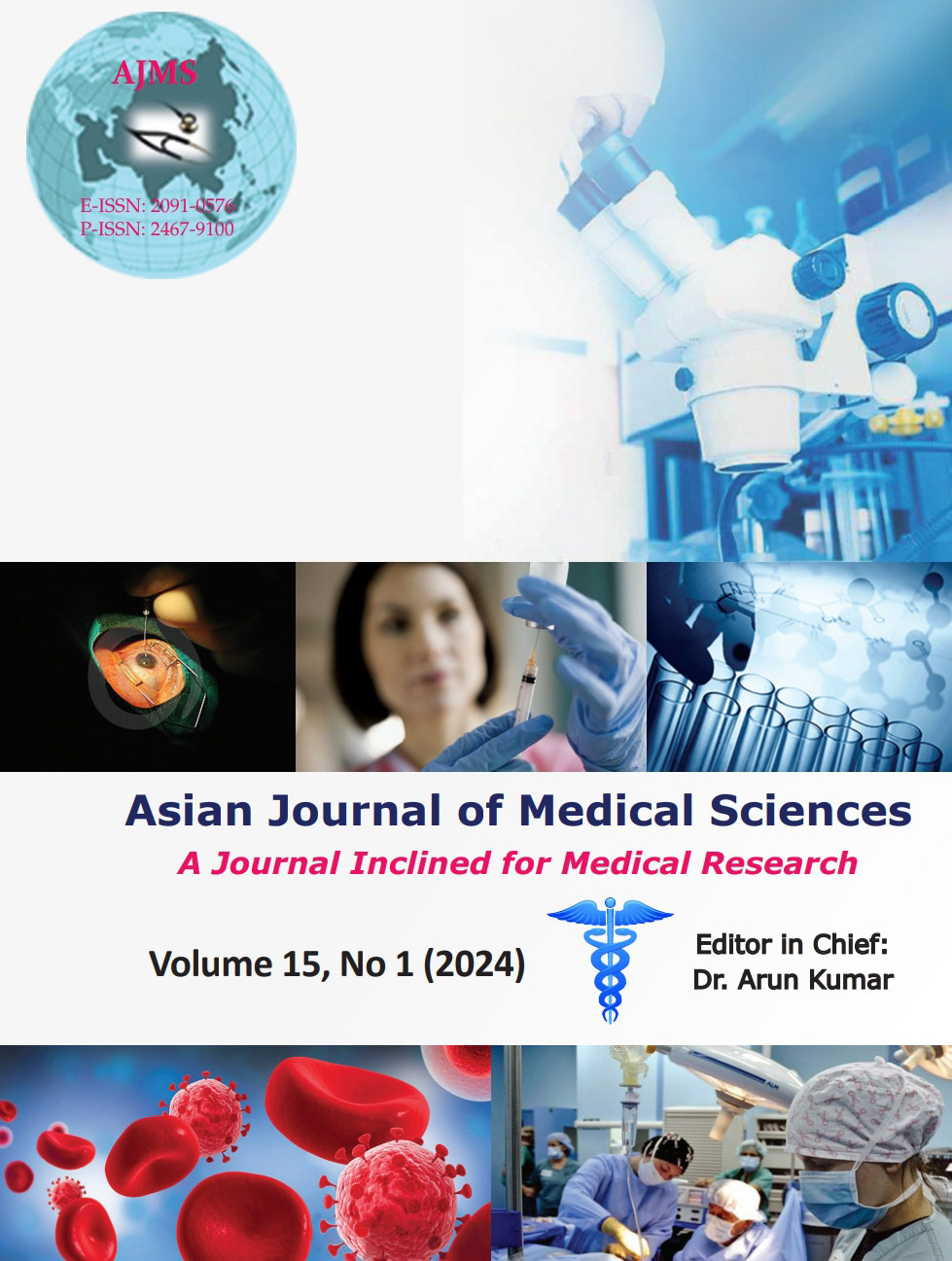Clinicoetiological profile of patients with gastrointestinal bleed presenting to a tertiary care hospital in Kumaon Region of Uttarakhand
Keywords:
Endoscopy; Upper and lower gastrointestinal bleed; Obscure bleeding; Varices; Peptic ulcerAbstract
Background: Gastrointestinal (GI) bleed is a common cause of medical emergency resulting in significant morbidity and mortality. GI bleeding can be classified as upper (bleeding source proximal to the ligament of Treitz) and lower (bleeding source distal to the ligament of Treitz).
Aims and Objectives: The present study was aimed to determine the current clinicoetiological profile of GI bleeding in Kumaon Region of Uttarakhand.
Materials and Methods: All patients presented with GI bleed (GIB) to outpatient department and Emergency department or developed the GIB during hospitalization are managed in intensive care unit (preferably) and high-dependency unit.
Results: Both upper and lower GI endoscopy were twice normal in 2.7% of patients (obscure bleeding). On upper GI endoscopy findings showing esophageal varices (45.83%), gastroesophageal varices (8.33%), isolated gastric varices (8.33%), gastric ulcer (8.33%), duodenal ulcer (6.25%), Mallory-Weiss tear (6.25%), erosive gastritis (6.25%), gastric antral vascular ectasia (4.16%), gastric carcinoma (4.16%), and Dieulafoy’s lesion (2.08%). Upper GIB (UGIB) had more mortality than lower GIB, among UGIB variceal bleed having higher mortality than non-variceal bleeding.
Conclusion: Unlike the evidence from the west that peptic ulcer is the most common cause of upper gastrointestinal bleeding, we found varices as the common cause, followed by peptic ulcer and erosive gastritis. Hence, the variable spectrum of the etiology of the GIB seen in our country could represent either a true epidemiological difference or reflect skewed access to health care.
Downloads
Downloads
Published
How to Cite
Issue
Section
License
Copyright (c) 2023 Asian Journal of Medical Sciences

This work is licensed under a Creative Commons Attribution-NonCommercial 4.0 International License.
Authors who publish with this journal agree to the following terms:
- The journal holds copyright and publishes the work under a Creative Commons CC-BY-NC license that permits use, distribution and reprduction in any medium, provided the original work is properly cited and is not used for commercial purposes. The journal should be recognised as the original publisher of this work.
- Authors are able to enter into separate, additional contractual arrangements for the non-exclusive distribution of the journal's published version of the work (e.g., post it to an institutional repository or publish it in a book), with an acknowledgement of its initial publication in this journal.
- Authors are permitted and encouraged to post their work online (e.g., in institutional repositories or on their website) prior to and during the submission process, as it can lead to productive exchanges, as well as earlier and greater citation of published work (See The Effect of Open Access).




